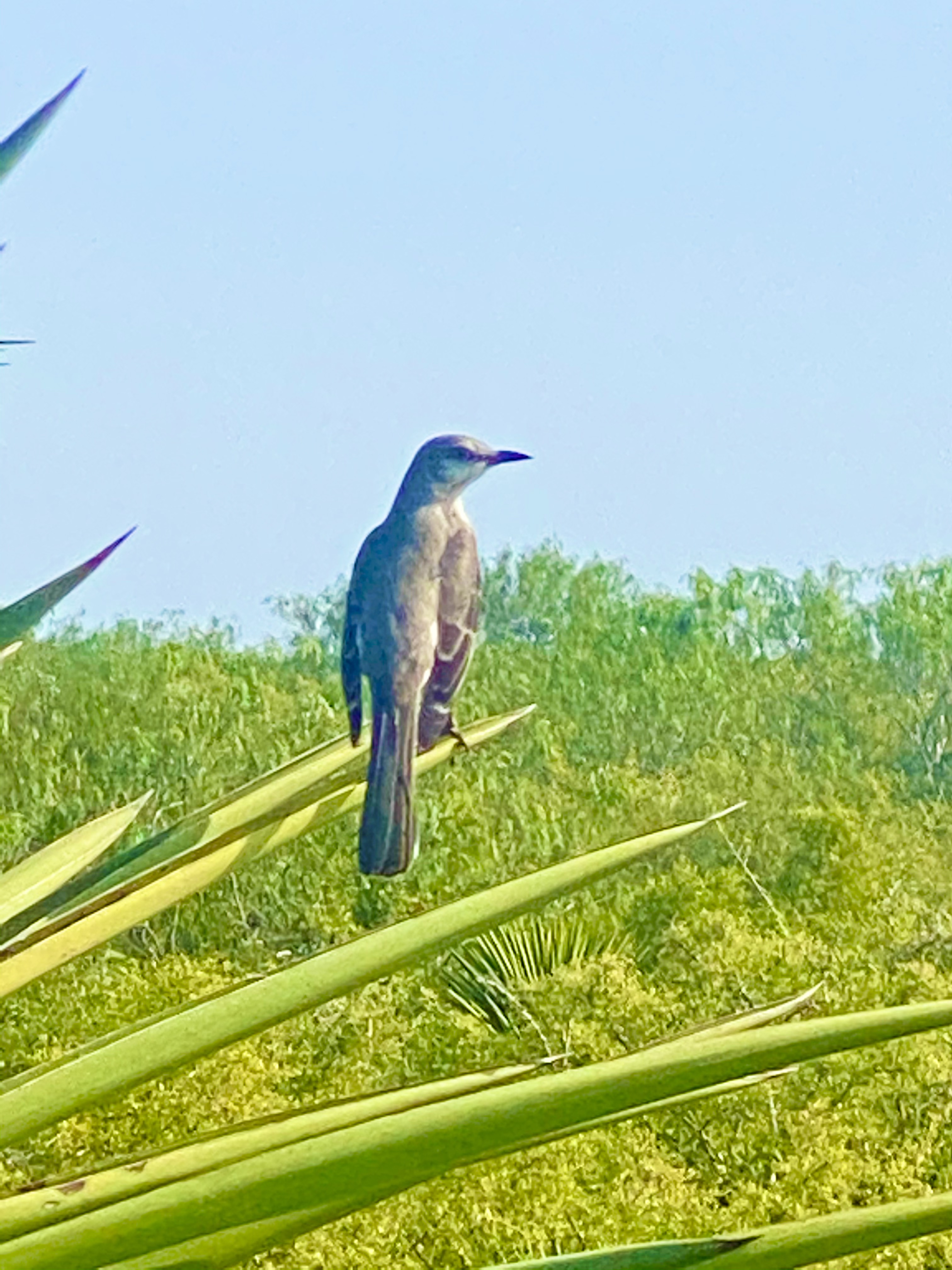
Wildlife Spotting On The Texas Border
November 02, 2024
Exploring the Texas borderlands provides a unique opportunity to witness a variety of wildlife that has adapted to the arid and semi-arid landscapes. This region is home to some fascinating species that are rarely seen in other parts of the country. From birds and reptiles to mammals and diverse plant life, the Texas border offers a wealth of wildlife for enthusiasts to discover.
Birds of the Borderlands
The Texas border region is known for its impressive diversity of bird species. Birdwatchers from around the country flock to this area to observe species that are difficult to spot elsewhere. Some of the more commonly seen birds include the Greater Roadrunner, a symbol of resilience and speed in the desert environment. Known for its unique calls and swift movements, the roadrunner can often be seen darting across open spaces in search of prey.
Another bird commonly found in the area is the Harris's Hawk. These hawks are known for their cooperative hunting behavior, often working in groups to take down prey, a unique trait in the bird world. Other notable species include the Green Jay, with its vibrant colors, and the elusive Gray Hawk, which can be spotted in the region’s wooded areas.
Mammals of the Border Region
The Texas borderlands are home to a variety of mammals that have adapted to the challenging environment. Among the most iconic species is the javelina, also known as the collared peccary. These animals are often mistaken for wild pigs but are a different species altogether, known for their coarse fur, distinct musky odor, and social behavior. Javelinas travel in herds and are highly adapted to survive on cacti and other tough vegetation.
The elusive mountain lion is another notable resident of the region, although sightings are rare. These big cats roam large territories and are masters of stealth, preferring to avoid human contact. Other mammals in the area include the coyote, a highly adaptable species that can survive in various environments, and the white-tailed deer, which is often seen grazing near water sources.
Reptiles and Amphibians
The hot, dry climate of the Texas border makes it an ideal habitat for a variety of reptiles and amphibians. Rattlesnakes, including the Western Diamondback, are common in this area, and they play an important role in controlling rodent populations. While these snakes are often feared, they are usually shy and will avoid humans when possible. Observing them from a safe distance can be an exciting experience for wildlife enthusiasts.
The region is also home to the Texas horned lizard, sometimes called the "horny toad," which is known for its unique defense mechanism of shooting blood from its eyes when threatened. This remarkable reptile is highly camouflaged, blending into its surroundings to avoid predators. Other reptiles in the area include the desert tortoise and the colorful Texas banded gecko.
Plant Life and Ecosystems
Beyond animal life, the Texas border region supports a diverse array of plant species that are uniquely adapted to survive in the harsh climate. The most iconic plant in the area is the prickly pear cactus, which provides both food and shelter for many desert animals. The cactus bears fruit that is edible for both wildlife and humans and is a staple of the desert ecosystem.
In addition to cacti, the area is rich in mesquite trees, which have deep roots that allow them to access water far beneath the surface. Mesquite trees provide shade and shelter for animals, as well as an important source of food through their pods. Other notable plants include the ocotillo, a spiky plant with bright red flowers, and the Texas sage, which bursts into beautiful purple blooms after rainfall.
The Role of Conservation
With increased interest in ecotourism and outdoor activities, the Texas border region has seen a growing emphasis on conservation efforts. Protecting the natural habitats of these unique species is crucial for maintaining biodiversity and ensuring future generations can enjoy these landscapes. Conservation organizations work to protect land from development and educate the public on the importance of preserving native species.
By adhering to guidelines for responsible wildlife viewing, visitors to the Texas border can enjoy the beauty of the region without disrupting its delicate ecosystem. Simple practices, such as staying on designated trails, not disturbing animals, and refraining from collecting plants or rocks, can go a long way in protecting these natural areas.
Experiencing the Borderland Wildlife
For those looking to explore the Texas border and its wildlife, guided tours offer a safe and educational way to experience the landscape. Guides with knowledge of the local flora and fauna can enhance the experience by pointing out animal tracks, plant species, and sharing interesting facts about the region’s history and ecology.
Whether you're a seasoned wildlife enthusiast or a first-time visitor, the Texas borderlands offer an unforgettable experience. The diversity of life in this unique ecosystem is a testament to the adaptability and resilience of nature. A visit to this region can inspire a greater appreciation for the beauty and complexity of the natural world.
